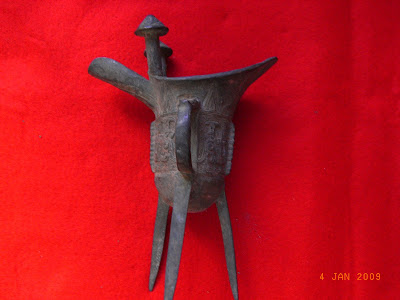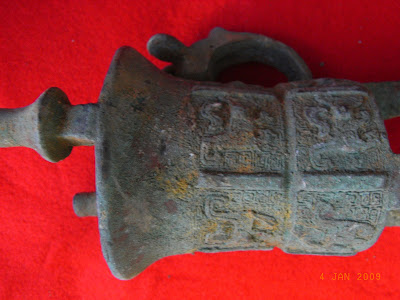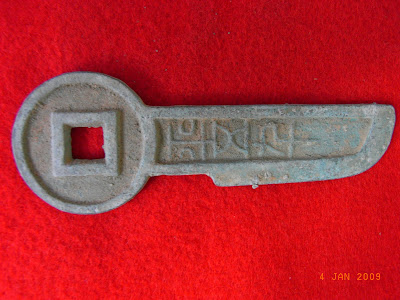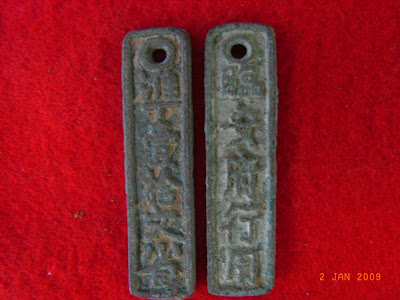
 take up studies on the pattern and design of Ancient China Bronzes vessel and ornaments.
take up studies on the pattern and design of Ancient China Bronzes vessel and ornaments.




This is another large book with thick pages dictionary on China Bone Oracles ( Bon Inscription ). This dictionary is highly recommended for those researchers and collectors interested in taking up China Ancient Language and tracing back its original Chinese writings to the present days writing.
 This is a page that you can see its writing and indepth explanation.
This is a page that you can see its writing and indepth explanation. This is a pictorial Ancient China Bronze Age Vessel & Ornament which is published by Shanghai Museum.
This is a pictorial Ancient China Bronze Age Vessel & Ornament which is published by Shanghai Museum.

















































